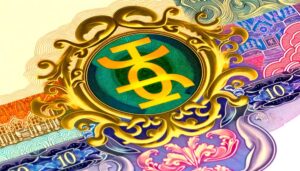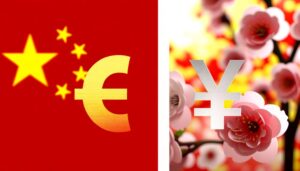What Is the Chinese Symbol for Family Love?
The Chinese character for family love, 爱 (ài), epitomizes deep emotional connections and cultural values embedded in family bonds. Emerging from the Shang Dynasty, it combines heart (心, xīn), life (亻, rén), and actions (夊, suī) to convey commitment and filial piety.
Confucian philosophy influenced its development, emphasizing responsibilities within family units. This symbol pervades rituals, festivals, and daily interactions, reinforcing social and cultural cohesion.
Its modern usage spans digital communication, art, and fashion, while its global influence bridges cultural divides. For a thorough understanding of this emblem's historical, symbolic, and societal dimensions, continue your exploration here.
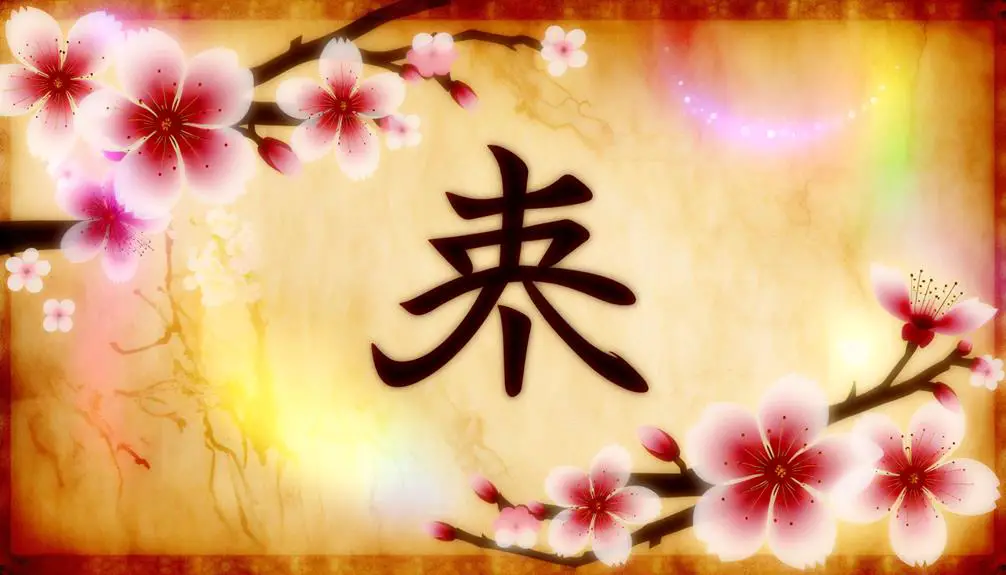
Key Takeaways
- The character 爱 (ài) symbolizes deep emotional and cultural values in familial bonds.
- 爱 (ài) incorporates the heart radical (心) to emphasize emotive depth and commitment.
- Confucian ideals in the character 爱 (ài) promote filial piety and family stability.
- 爱 (ài) is used in festivals, rituals, and everyday interactions to reinforce family love.
- Globally, 爱 (ài) is a popular motif in art, fashion, and media, symbolizing family affection.
Historical Origins
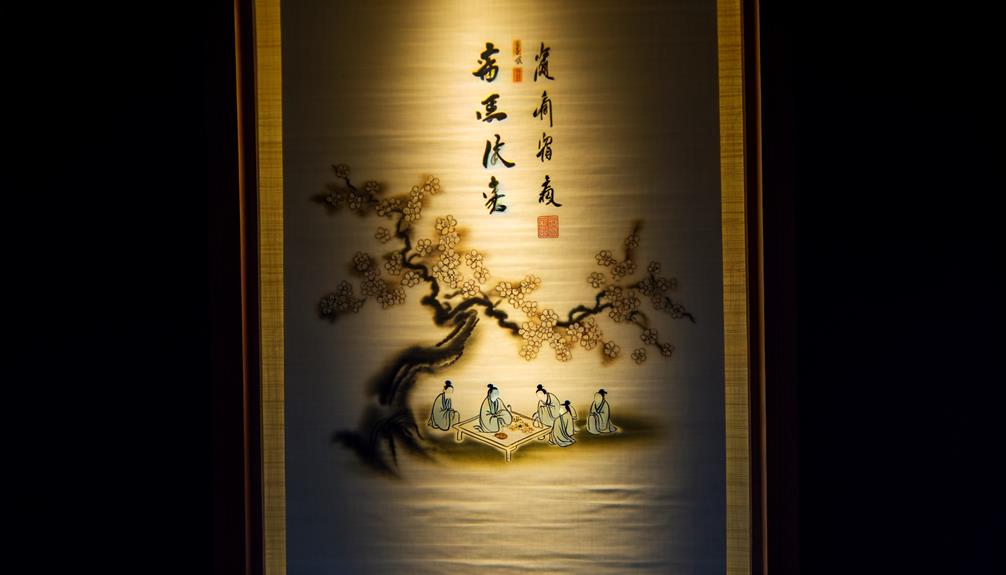
Tracing the historical origins of the Chinese symbol for family love reveals a complex interplay between ancient linguistic development and evolving cultural values.
The character 爱 (ài), commonly associated with love, emerged from a fusion of ideograms and pictographs dating back to the Shang Dynasty (1600-1046 BCE). The incorporation of the heart (心, xīn) radical within its structure underscores the emotive depth central to familial bonds.
Throughout dynastic transformations, Confucian ideals profoundly influenced this symbol, embedding notions of filial piety and respect for ancestors. The character's evolution mirrors societal shifts, reflecting changes in family dynamics and hierarchical structures.
This historical journey highlights not only linguistic innovation but also the cultural prioritization of familial affection and duty, integral to Chinese identity.
Symbolic Meaning
The symbolic meaning of the Chinese character for family love, 爱 (ài), encapsulates a profound intertwining of emotional depth and cultural values, reflecting the essential role of familial bonds in Chinese society.
The character itself is composed of the radical for 'heart' (心), signifying the emotional core, combined with elements that represent 'breath' or 'life' (亻), and 'actions' (夂). This composition suggests that true love is an all-encompassing force, integrating heart, life, and actions.
It denotes not merely affection but a commitment and responsibility that are fundamental to Chinese familial relationships. This character underscores the cultural emphasis on collective well-being and mutual support within the family unit, resonating deeply within the social and emotional fabric of Chinese life.
Cultural Significance

Integral to the fabric of Chinese society, the concept of family love, as symbolized by the character 爱 (ài), carries profound cultural significance, embodying values of loyalty, respect, and intergenerational responsibility. This symbol is deeply ingrained in various aspects of daily life and traditional practices, reflecting the collective ethos of familial harmony.
The cultural significance can be observed in:
- Ancestral Worship: Rituals and ceremonies underscore the respect owed to forebears.
- Confucian Philosophy: Emphasizes filial piety and family as the cornerstone of societal stability.
- Festivals and Celebrations: Events like Lunar New Year reinforce family bonds and collective memory.
Understanding these elements elucidates the centrality of family love in maintaining social cohesion and cultural continuity in Chinese society.
Modern Usage
In contemporary Chinese society, the symbol for family love, 爱 (ài), continues to play a pivotal role, manifesting in various modern practices that uphold traditional values while adapting to the changing dynamics of modern life. This enduring emblem is seen in daily interactions, digital communications, and artistic expressions, reflecting its deep-rooted significance.
| Context | Manifestation |
|---|---|
| Daily Interactions | Use in greetings and farewells |
| Digital Communications | Emoticons and online messages |
| Artistic Expressions | Calligraphy and wall art |
| Celebrations | Decorations during festivals |
| Jewelry and Apparel | Designs on clothing and accessories |
This table highlights the multifaceted presence of 爱 (ài), demonstrating its enduring resonance and evolving relevance in a rapidly modernizing society.
Global Influence
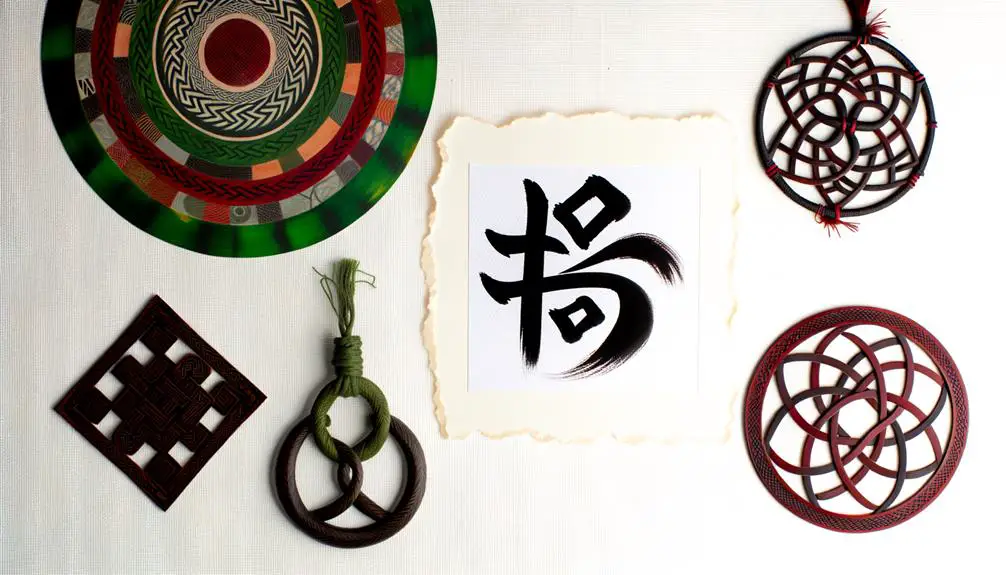
Embracing its profound cultural significance, the Chinese symbol for family love (爱, ài) has transcended geographical boundaries, becoming a universal emblem of familial affection and unity. This symbol now resonates globally, influencing various cultural and social contexts.
Art and Fashion: Designers incorporate 爱 into clothing and accessories, merging traditional Chinese elements with modern aesthetics.
Tattoo Culture: Love for family is a popular motif, with 爱 frequently chosen for its deep, universal meaning.
Global Media: Films, literature, and digital content often feature 爱, introducing it to broader audiences and fostering cross-cultural appreciation.
This broad adoption underscores the symbol's powerful ability to communicate complex emotional ties, bridging cultural divides and enhancing global understanding of familial love.
Conclusion
Coincidentally, the historical origins, symbolic meaning, and cultural significance of the Chinese symbol for family love converge to form a profound emblem that transcends time and space.
This symbol encapsulates deep-rooted values and is imbued with rich cultural context, which remains relevant in modern usage.
Its global influence reflects a universal appreciation for familial bonds, illustrating how ancient traditions continue to resonate in contemporary society.
This enduring symbol epitomizes the timeless connection between heritage and human emotion.

